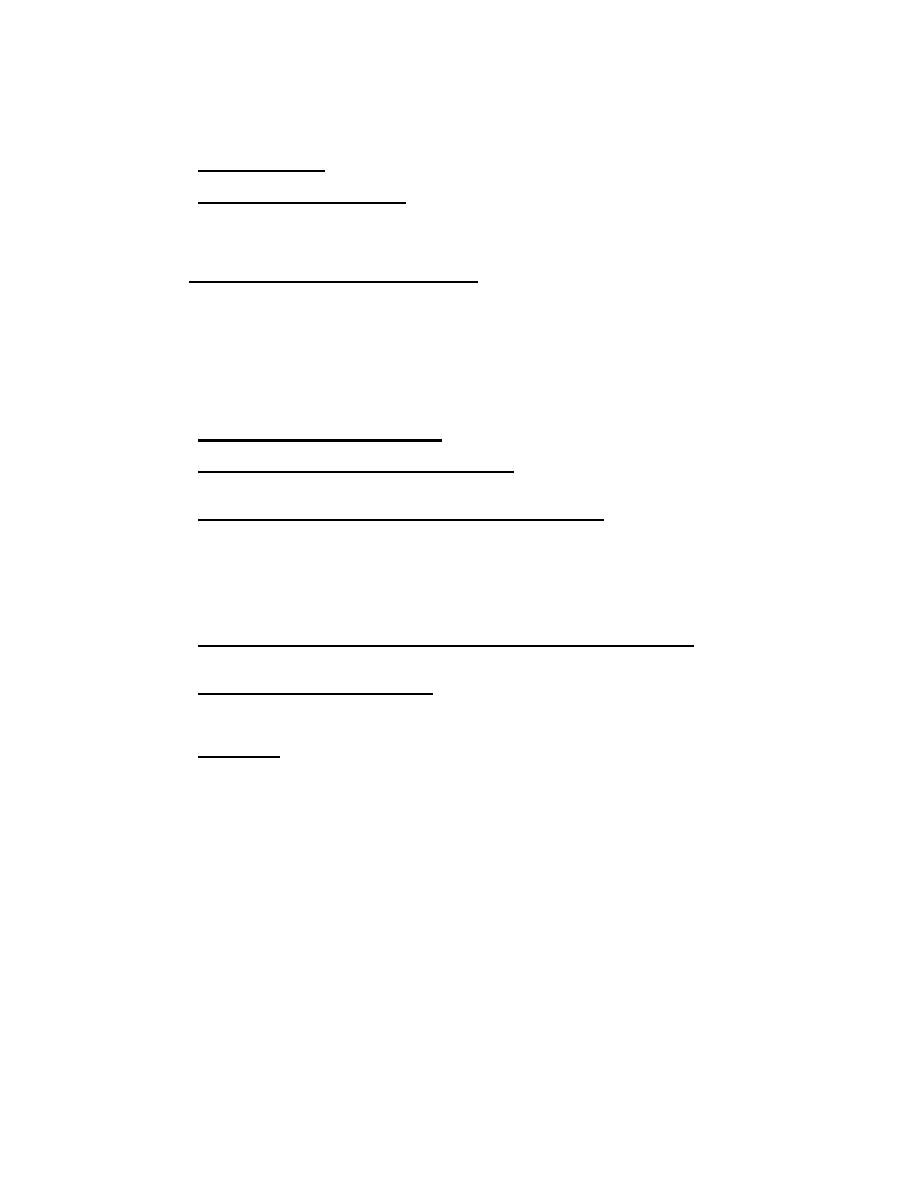

Custom Search
|
|

|
||
 MIL-HDBK-1025/4
3.3
General Design
3.3.1
Forces to be Considered
a)
Self-weight, weight of fill, and applied live load, in general.
b) Lateral earth pressure (refer to DM-7.01, Soil Mechanics, and
DM-7.02, Foundations and Earth Structures).
c)
Wave pressures and suctions.
d)
Hydrostatic pressure due to tidal lag.
e)
Surcharge.
f)
Buoyancy.
3.3.2
Wave Pressures and Suctions
3.3.2.1
Height and Period of Incident Waves.
(Refer to procedures in
DM-26.2.)
3.3.2.2
Critical Depth for Breaking of Incident Waves. (Refer to DM-26.2.)
Where the critical value of the ratio db:Ho (determined from the charts)
approximates the actual value db:Ho at the wall, design the wall for pressures
due to "breaking" waves. Where the actual depth-height ratio is less than the
critical ratio, design the wall for pressures due to a "broken" wave. Where
the actual depth-height ratio is greater than the critical value, the wall
will be subject only to pressures due to "nonbreaking waves."
3.3.2.3
Pressure Due to Breaking, Broken, and Nonbreaking Waves.
(Refer
to DM-26.2.)
3.3.2.4
Maximum Forces and Moments. Analyze several incident wave
conditions (combinations of height and period) to determine the maximum forces
and moments.
Tidal Lag. At high tide, the water level in the fill behind a
3.3.3
bulkhead, seawall, or quaywall rises, but, because of the limited permeability
of the fill, not as fast as the tide rises. Similarly, as the tide falls, the
water level in the fill also falls, but not as fast. The lag in rise of the
water level in the fill is of no concern as regards design of the wall.
However, the lag in fall of the water level creates an unbalanced water
pressure which must be resisted or accommodated by the structure. Therefore,
where the wall stands seaward of the high-high water mark, design for tidal
lag is as follows:
a) For permeable structures such as rubble mounds and for
structures with permeable backfill (coefficient of permeability greater than
one foot per minute), positive drainage of the backfill, and weep holes at or
near the ground line at the front of the walls, assume zero tidal lag.
b) For structures backed by impermeable fill (coefficient of
permeability of 10.-3- ft/min or less), assume tidal lag equal to one-half the
mean tidal range.
10
|
 |
|
 |
||